10 Forgotten Fashion Icons Who Defined Entire Decades
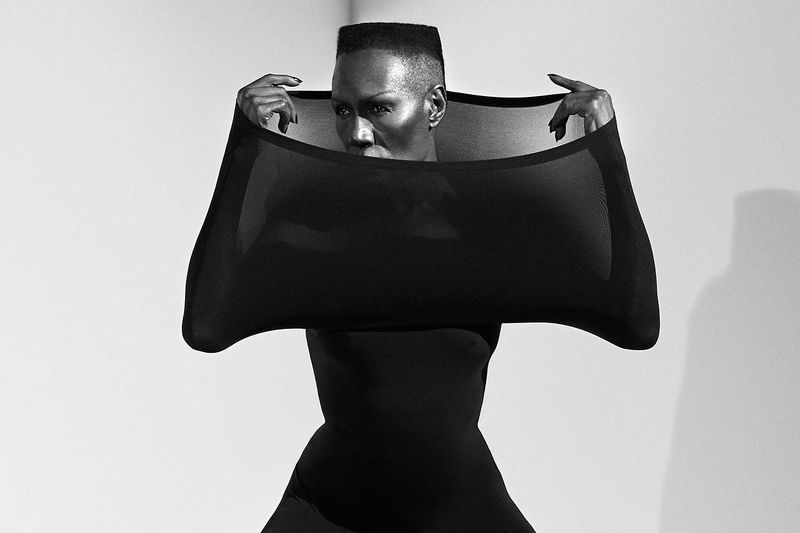
Behind the glamorous curtain of fashion history stand remarkable figures whose contributions have faded from popular memory. These style pioneers shaped how entire generations dressed, creating visual languages that defined their eras. From boundary-breaking performers to society’s elite tastemakers, these forgotten fashion icons deserve recognition for transforming how we think about clothing, identity, and self-expression.
1. Josephine Baker
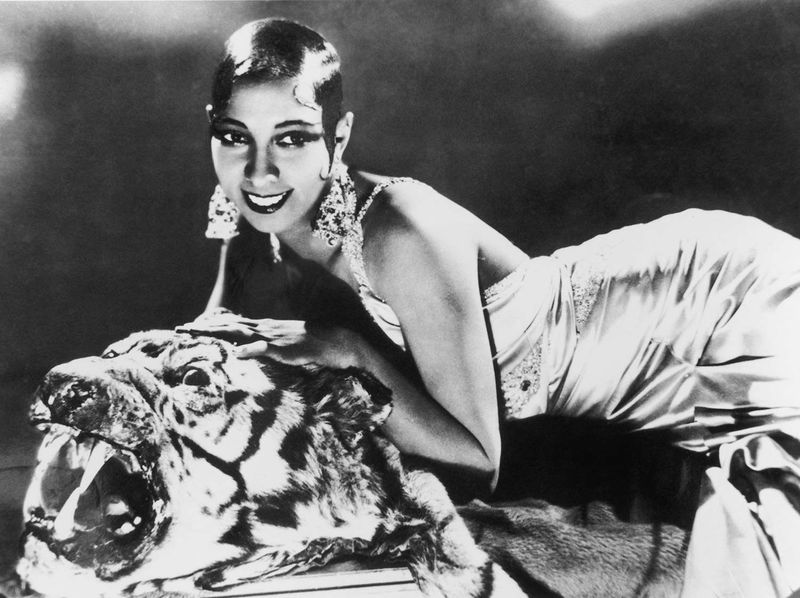
The Roaring Twenties found their perfect embodiment in Josephine Baker, an American-born dancer who conquered Paris with her banana skirt performances at the Folies Bergère. Her daring costumes—often consisting of little more than strategically placed jewels or feathers—shocked and delighted audiences.
Baker’s sleek bob, Art Deco jewelry, and body-confident style represented the newfound freedom women were claiming after World War I. She embraced both masculine and feminine fashion elements, wearing tailored suits by day and scandalous stage costumes by night.
As one of the first Black global celebrities, Baker’s influence extended beyond clothing to beauty standards, inspiring women to slick down their hair with Bakerfix pomade and darken their skin with “Baker Brown” powders.
2. Kay Francis
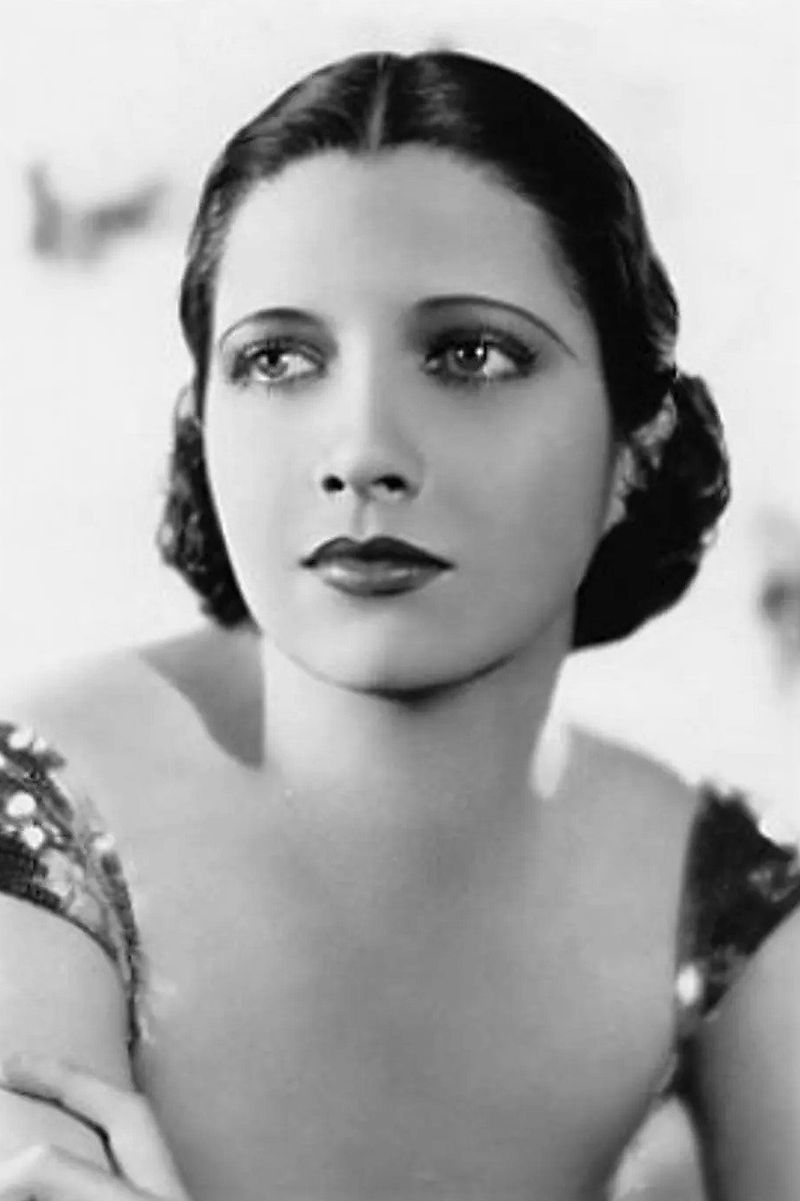
Hollywood’s highest-paid actress of the 1930s, Kay Francis earned the nickname “the best-dressed woman in America” during the depths of the Great Depression. Her signature style—bias-cut satin gowns, dramatic wide-shouldered suits, and perfectly draped evening wraps—provided escapist glamour for women struggling through economic hardship.
Francis’s slight speech impediment (she famously couldn’t pronounce ‘r’s) didn’t hinder her fashion influence. Warner Brothers built entire films around showcasing her incredible wardrobe, with costume designers like Orry-Kelly creating hundreds of outfits for a single production.
Her sophisticated look, with its emphasis on luxurious fabrics and clean lines, created a template for 1930s elegance that influenced women’s fashion long after her star had faded.
3. Carmen Miranda

Carmen Miranda burst onto American screens in the 1940s with a style so distinctive it’s instantly recognizable today. The “Brazilian Bombshell” dazzled wartime audiences with her towering fruit-laden turbans, midriff-baring tops, and platform shoes that added inches to her 5-foot frame.
Miranda’s technicolor tropical aesthetic brought much-needed vibrancy to fashion during WWII rationing. Her maximalist approach—mixing patterns, piling on jewelry, and embracing bold colors—created a playful alternative to the practical, military-influenced styles of the era.
Though often reduced to a caricature, Miranda cleverly used her exaggerated “Latin” image to become Hollywood’s highest-paid woman in 1945. Her influence lives on in modern platform shoes, crop tops, and statement headwear.
4. C. Z. Guest
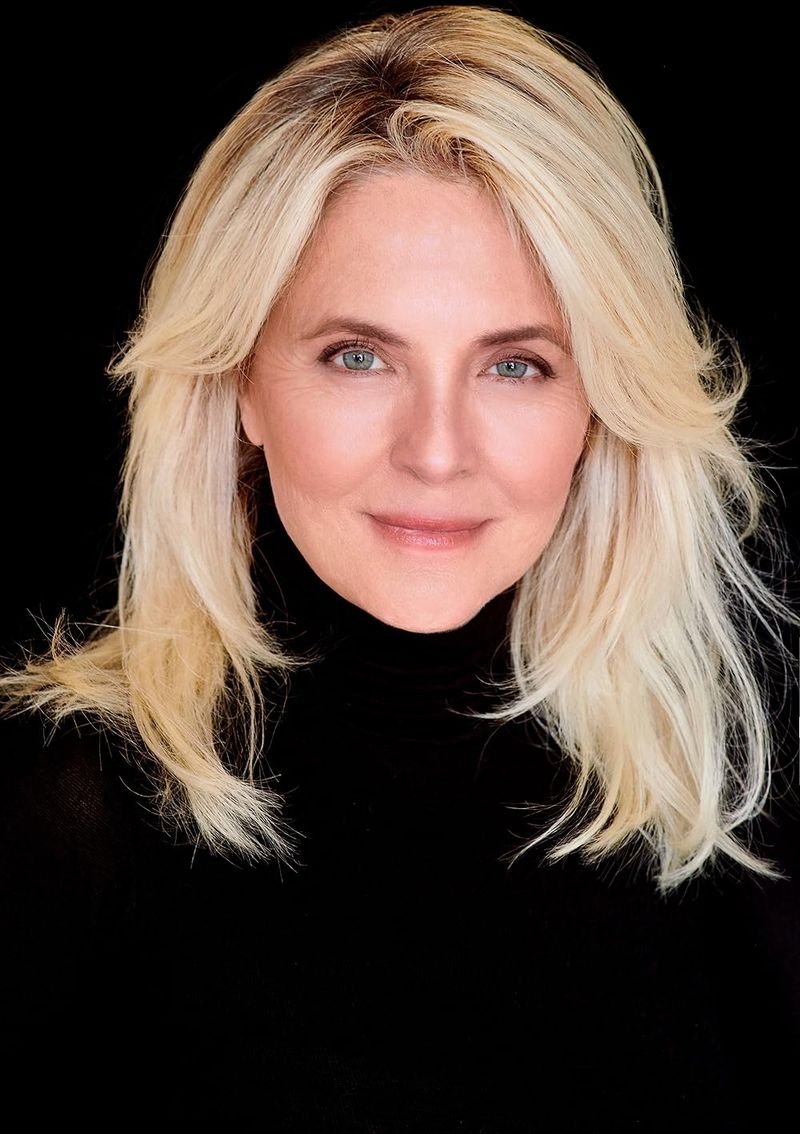
Long before the term “influencer” existed, Boston-born socialite C.Z. Guest defined American elegance in the 1950s. A close friend of the Duke and Duchess of Windsor, Guest cultivated a distinctly understated style during an era of cinched waists and full skirts.
Her signature look—crisp white shirts, tailored trousers, minimal jewelry, and hair pulled back in a simple chignon—offered a refreshing alternative to the Dior-influenced New Look. Guest appeared on the cover of Time magazine in 1962, cementing her status as America’s style authority.
A gardening enthusiast and equestrian, Guest brought practical elements into high society fashion. Her preference for comfortable yet impeccably tailored clothing created a blueprint for American sportswear that designers like Calvin Klein would later build upon.
5. Jean Shrimpton
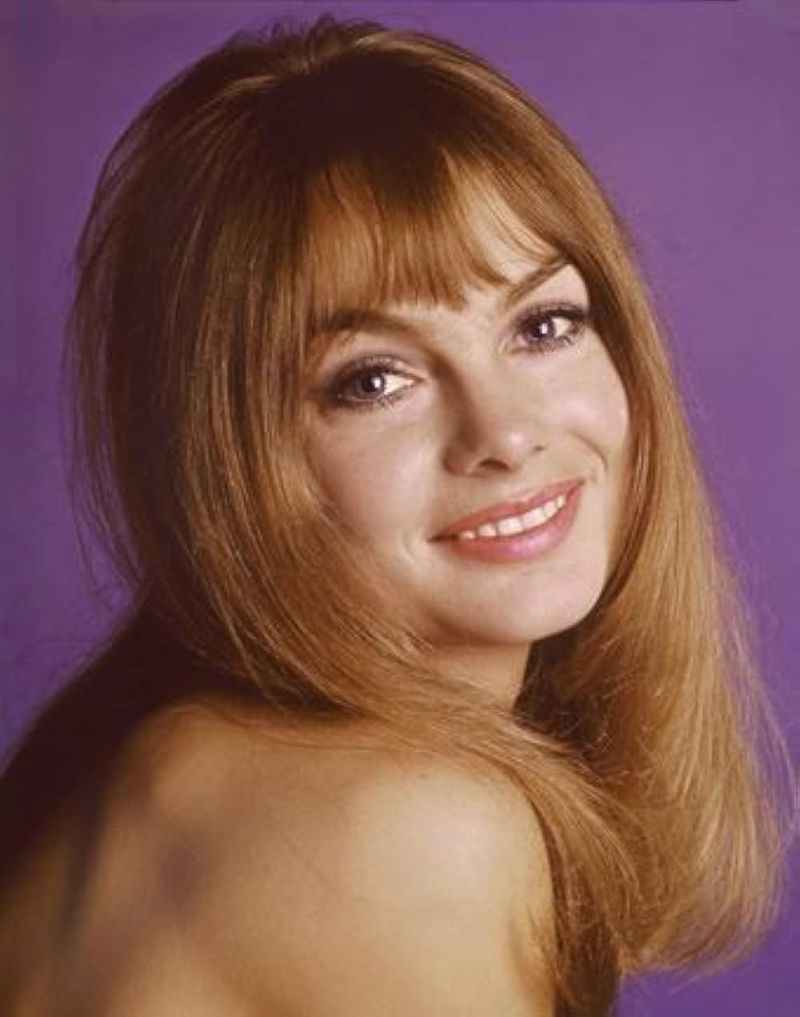
Before Twiggy captured global attention, Jean “The Shrimp” Shrimpton revolutionized 1960s fashion with her fresh-faced beauty and willowy 5’9″ frame. The world’s first supermodel caused a sensation in 1965 when she wore a minidress to Australia’s Melbourne Cup, shocking conservative racegoers with her bare legs.
Photographer David Bailey’s muse, Shrimpton epitomized the youthquake movement with her wide-eyed, natural look. Her style—simple shift dresses, minimal makeup, and straight, center-parted hair—rejected the structured, formal fashions of previous generations.
Unlike many contemporaries, Shrimpton avoided the psychedelic excesses of late-60s fashion. Her clean, modern aesthetic influenced everyday women more profoundly than the theatrical styles of fashion magazines, making her the true pioneer of Swinging London’s style revolution.
6. Bianca Jagger
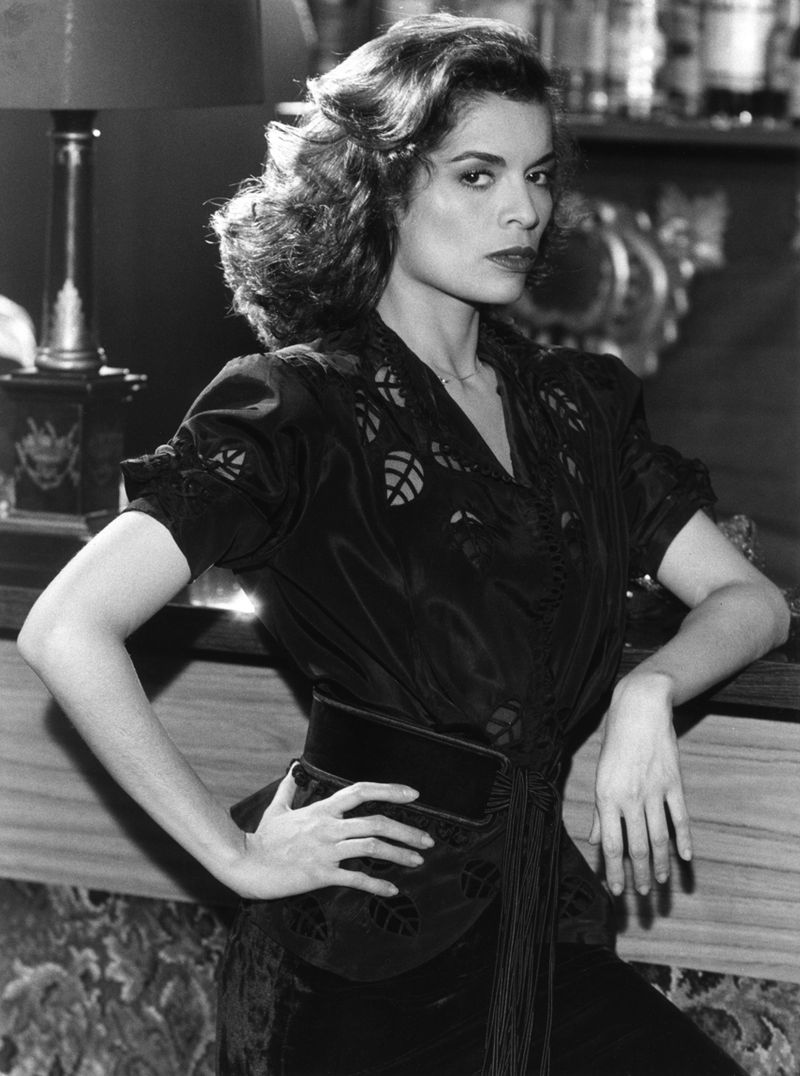
When Nicaraguan-born Bianca Jagger rode into Studio 54 on a white horse for her birthday in 1977, she cemented her status as disco’s reigning style queen. The human rights advocate (and then-wife of Mick Jagger) transformed 1970s nightlife fashion with her distinctive blend of masculine tailoring and feminine glamour.
Jagger’s hallmark look—white suits with nothing underneath, wide-brimmed hats, and satin smoking jackets—offered a sophisticated alternative to the decade’s bohemian styles. Her friendship with designer Halston helped define the era’s sleek aesthetic, while her penchant for mixing vintage pieces with contemporary designs created an influential template for personal style.
Unlike the flowing hippie looks that dominated early 70s fashion, Jagger’s sharp, structured silhouettes anticipated the power dressing movement that would explode in the following decade.
7. Grace Jones
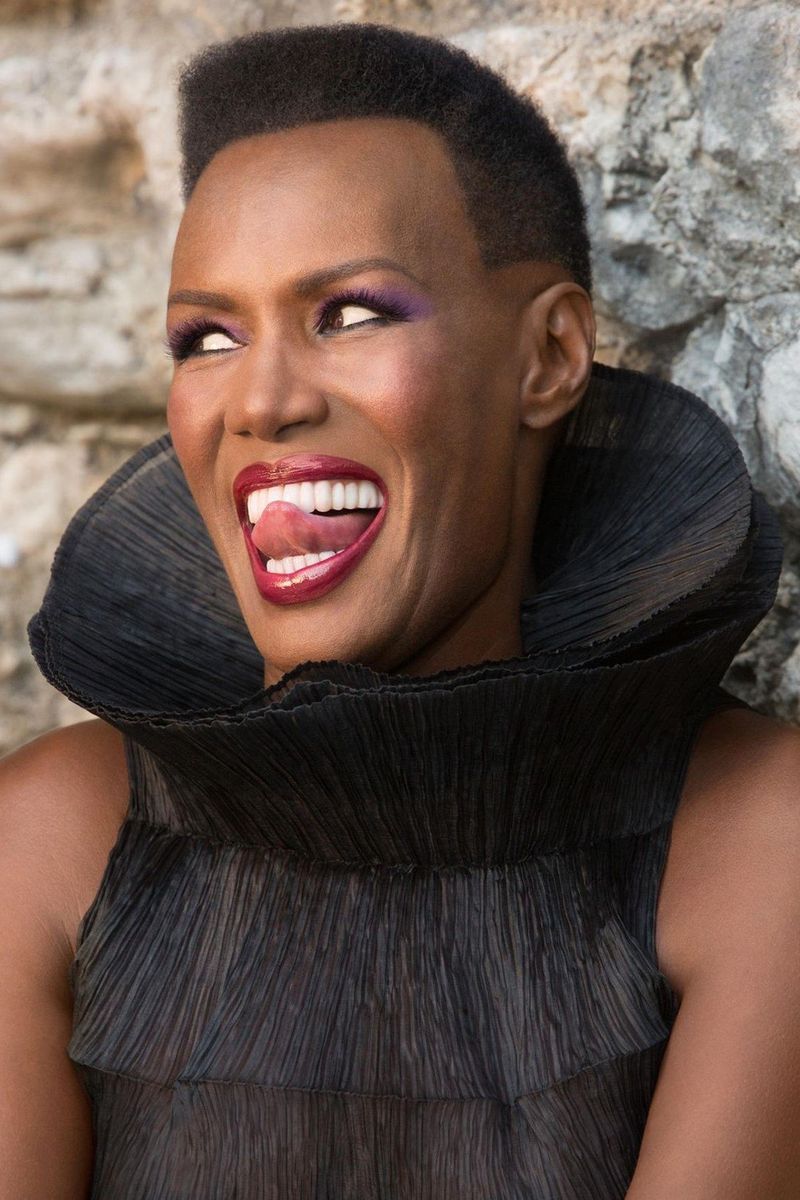
Jamaican-born model-turned-musician demolished gender boundaries in 1980s fashion with her revolutionary androgynous style. Her architectural flat-top haircut, sharp-shouldered silhouettes, and fearless mixing of masculine and feminine elements created an aesthetic that was simultaneously intimidating and captivating.
Jones’s creative partnership with French designer Azzedine Alaïa produced some of the decade’s most memorable looks. Their collaboration emphasized her angular physique through second-skin bodysuits, severe tailoring, and dramatic headpieces that transformed Jones into a living art installation.
While other 80s icons embraced excess through ruffles, colors, and accessories, Jones practiced a disciplined minimalism focused on structure and form. Her influence extends beyond fashion into performance art, creating a visual language that artists from Lady Gaga to Janelle Monáe continue to reference.
8. Carolyn Bessette-Kennedy
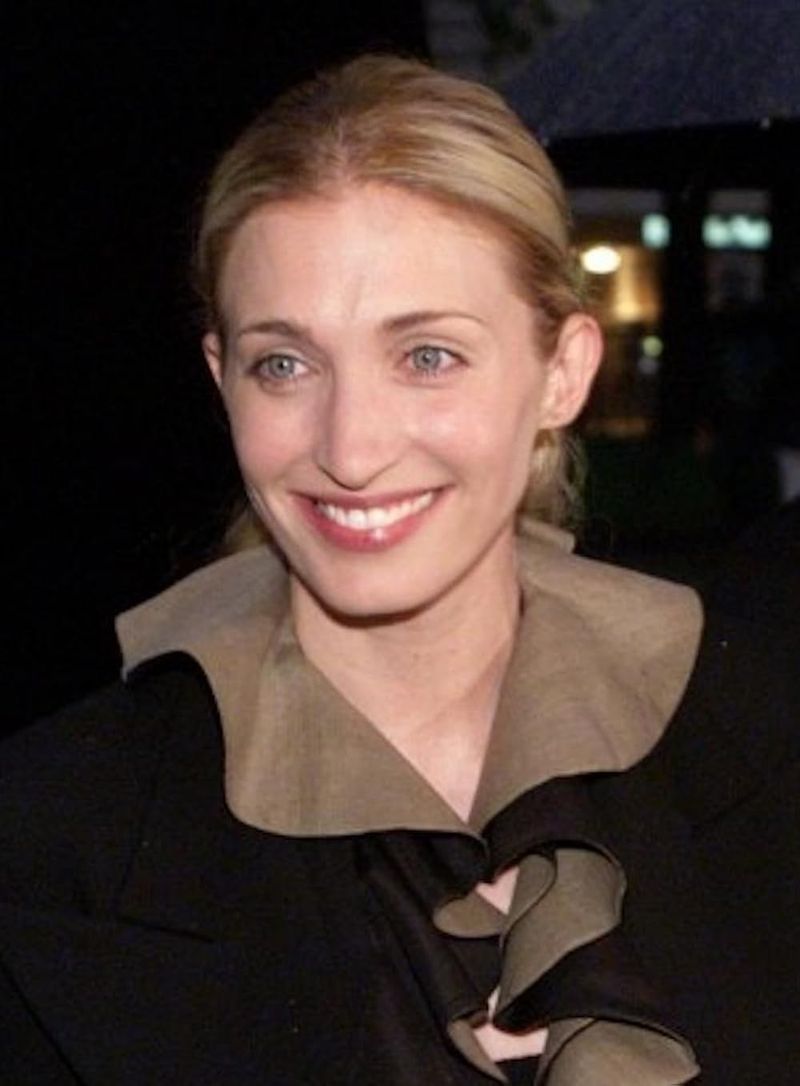
Former Calvin Klein publicist Carolyn Bessette-Kennedy emerged as the unexpected style icon of the minimalist 1990s. Her tragic death alongside husband John F. Kennedy Jr. in 1999 cut short the influence of a woman who had perfected the art of understated luxury.
Bessette-Kennedy’s uniform consisted of seemingly simple elements: camel coats, black slip dresses, straight-leg pants, and pristine white shirts. What distinguished her approach was her meticulous attention to proportion, texture, and quality—hallmarks of the decade’s stealth wealth aesthetic.
Unlike the grunge and logo-mania that dominated much of 90s fashion, her refined style offered a masterclass in restraint. Bessette-Kennedy’s legacy lives on through contemporary brands like The Row and Khaite, which continue to build upon her philosophy that true elegance speaks in a whisper, not a shout.
9. Chloë Sevigny
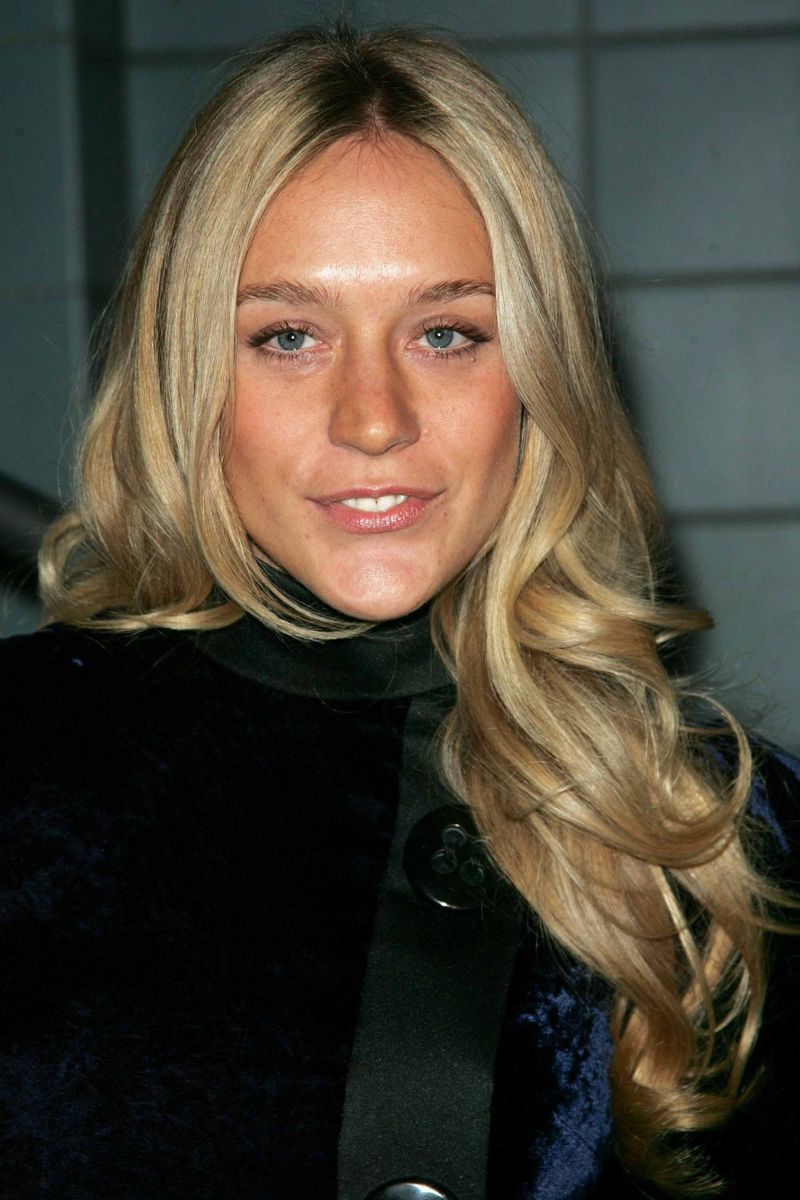
While Y2K fashion conjures images of Paris Hilton’s velour tracksuits and rhinestone-encrusted everything, downtown darling Chloë Sevigny carved out a completely different aesthetic during the 2000s. The actress and former Sassy magazine intern pioneered the high-low mix that would come to define indie fashion throughout the decade.
Sevigny’s signature look combined thrift store finds with emerging designer pieces, creating outfits that felt both accidental and meticulously curated. Her willingness to embrace awkward proportions, vintage oddities, and unconventional beauty choices influenced a generation of cool girls seeking alternatives to mainstream fashion.
As both muse and designer (through collaborations with Opening Ceremony), Sevigny created a blueprint for the Brooklyn hipster aesthetic years before it went mainstream. Her authentic approach to personal style provided a counterpoint to the increasingly corporate celebrity fashion of the era.
10. Solange Knowles
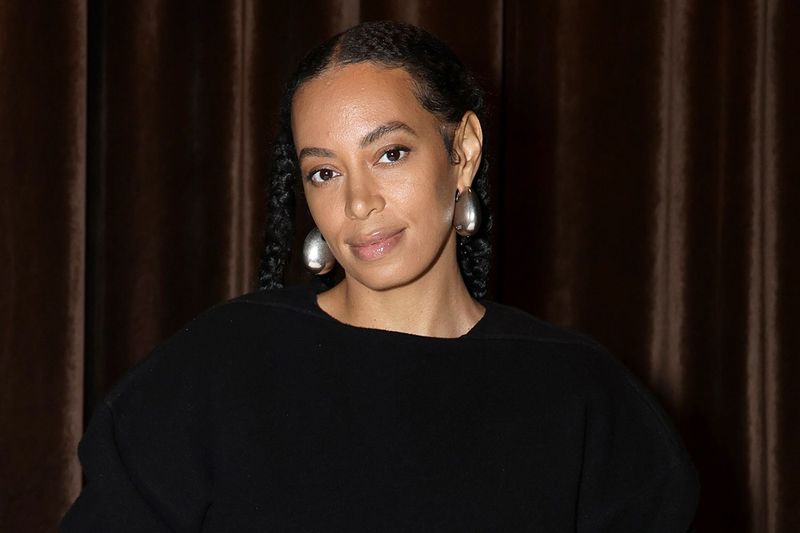
While her sister Beyoncé dominated pop culture headlines, Solange Knowles quietly revolutionized fashion throughout the 2010s with her distinctive visual approach. Her embrace of architectural silhouettes, vibrant color blocking, and natural hair textures created a modern aesthetic that merged art-world sensibilities with Afrofuturism.
Knowles’s 2014 wedding—where she dressed her entire party in white—became an instant style reference point. Her collaborations with emerging designers of color and independent brands helped elevate new voices in fashion while creating memorable red carpet moments that prioritized artistic expression over conventional glamour.
Beyond individual outfits, Knowles developed a comprehensive visual language through album art, music videos, and performances. Her 2016 album “A Seat at the Table” presented a cohesive aesthetic vision that influenced everything from museum installations to Instagram feeds throughout the latter half of the decade.

Comments
Loading…